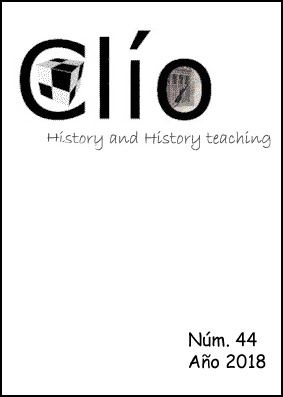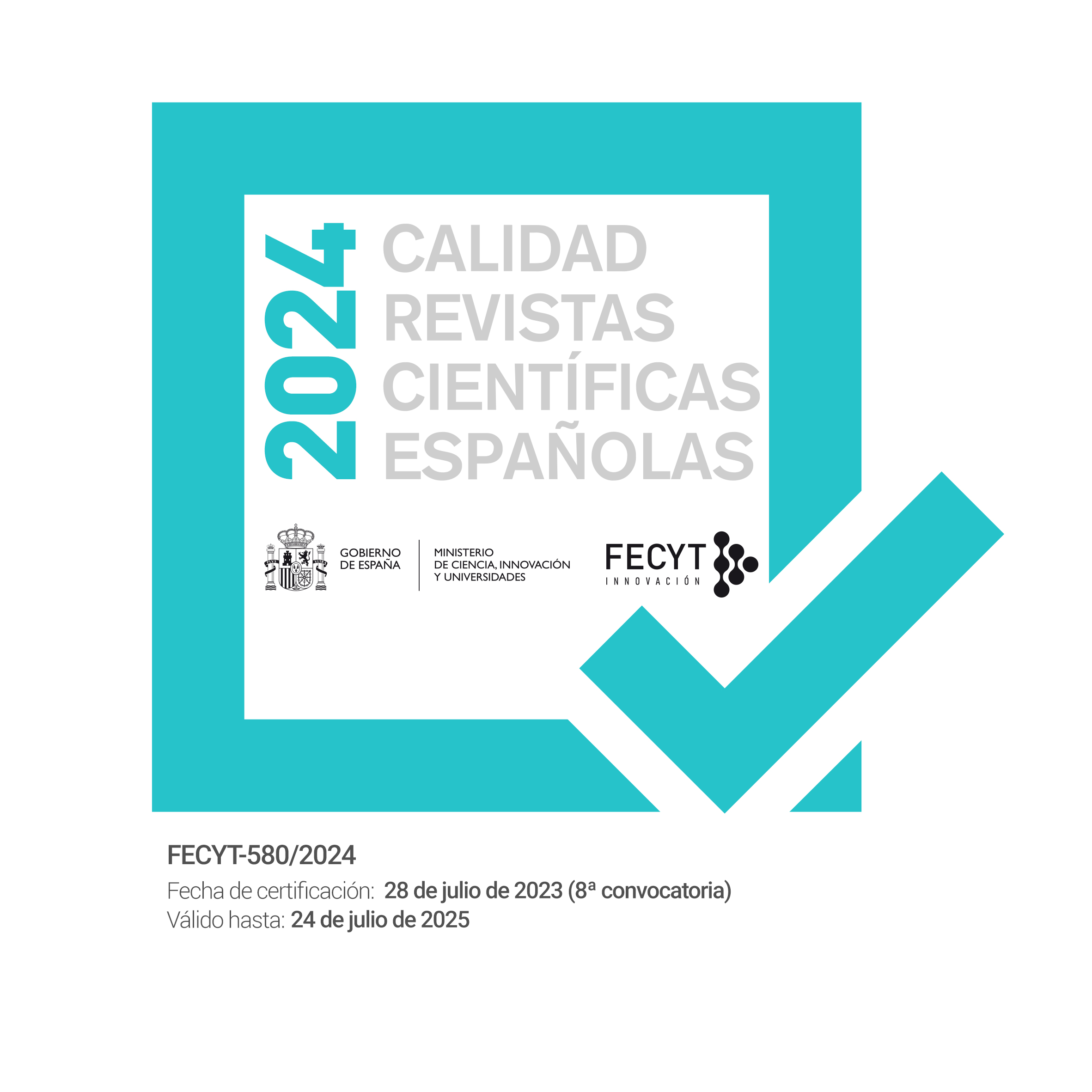El valor de la historia. Estudio de alternativas curriculares en Secundaria (1): una visión integrada de las transformaciones (cambio/continuidad) que conducen y modelan el presente (conciencia histórica)
DOI:
https://doi.org/10.26754/ojs_clio/clio.2018448681Palabras clave:
currículo, diseño curricular, enseñanza histórica, pensamiento histórico, conciencia histórica, cambio y continuidadResumen
Dar valor al estudio de la historia constituye el problema fundamental del diseño curricular. Partiendo de esta premisa, se proponen una serie de artículos en los que se plantean hipótesis curriculares alternativas para las asignaturas de historia en Secundaria y Bachillerato, frente al enfoque tradicional enciclopédico. Cada alternativa está centrada en un valor concreto, un logro valioso que configura y da sentido a una determinada orientación curricular. En esta primera entrega se propone un currículo orientado al desarrollo de la conciencia histórica, a través del estudio de los grandes procesos de transformación (técnica, económica, social, política, cultural, geopolítica…) a lo largo del tiempo. El estudiante aprende en este currículo a ver la historicidad del presente, como instantánea fugaz de un mundo en transformación constante, a valorar sus características como el resultado de esos procesos de transformación, y a analizar la complejidad de los procesos de cambio y continuidad que van conformando la realidad de cada momento histórico, incluido su presente.
Mostras las descargas
Referencias
Booth, A. (2000). Creating a context to enhance student learning of history. En A. Booth, P. Hyland (eds.), The Practice of University History Teaching (pp.31-32). Manchester: Manchester University Press.
Braudel, F. (1958). Histoire et sciences sociales: La longue durée. Annales. Histoire, Sciences Sociales 13(4), 725–753.
Clark, A., & Grever, M. (2018). Historical Consciousness: Conceptualizations and Educational Applications. In S. A. Metzger & L. M. Harris (Eds.), The Wiley International Handbook of History Teaching and Learning (pp. 177-201). New York: Wiley Blackwell.
Counsell, C. (2011). What do we want students to do with historical change and continuity? In I. Davies (Ed.), Debates in History Teaching (pp. 109-123). Oxon & New York: Routledge.
Dawson, I. (2007). Thinking across time: planning and teaching the story of power and democracy at Key Stage. Teaching History(129), 14-22.
Dawson, I. (2012). Seeing the bigger picture. Developing chronological understanding. A summary of points made at London History Forum and at the Northern History Forum 2011/12. http://www.thinkinghistory.co.uk/Issues/SeeingTheBiggerPictureChronology.html
de Groot-Reuvekamp, M. (2017). Timewise: Improving pupils' understanding of historical time in primary school. Universiteit van Amsterdam (tesis doctoral). Consultada de https://dare.uva.nl/search?identifier=b7f872f9-d8b1-4314-a0c7-d71e9da5e8bb
Gadamer, H.-G. (1979). The Problem of Historical Consciousness. In P. Rabinow & W. M. Sullivan (Eds.), Interpretive Social Science. A Reader (pp. 103-160). Berkeley, Los Angeles, London: University of California Press. Original: Louvain, 1963.
Hawkey, K. (2015). Moving forward, looking back – historical perspective, ‘Big History’ and the return of the longue durée: time to develop our scale hopping muscles. Teaching History, 158, 40-46.
Lee, P. J. (2005a). Historical Literacy: Theory and Research. International Journal of Historical Learning, Teaching and Research, 5, 29-40.
Lee, P. J. (2005b). Putting Principles into Practice: Understanding History. In M. S. Donovan & John D. Bransford (Eds.), How students learn: history, mathematics, and science in the classroom (pp. 31). Washington: The National Academies Press.
Lee, P.J. (2011). History education and historical literacy. In I. Davies (Ed.), Debates in History Teaching (pp. 63-72). Oxon & New York: Routledge.
Loewen, J. W. (1995). Lies My Teacher Told Me. Everything Your American History Textbook Got Wrong. New York: Touchstone, Simon & Schuster.
Schubert, W. H. (2009). What is Worthwhile: From Knowing and Needing to Being and Sharing. Journal of Curriculum and Pedagogy 6(1), 21-39
Shemilt, D. (2000). The caliph’s coin: the currency of narrative frameworks in history teaching. In P. Seixas, P. Stearns, & S. Wineburg (Eds.), Knowing, teaching and learning history (pp. 83-101). New York: New York University Press.
Shemilt, D. (2009). Drinking an ocean and pissing a cupful. How Adolescents make sense of history. In L. Symcox & A. Wilschut (Eds.), National history standards. The problem of the canon and the future of teaching history. Charlotte, North Carolina: Information Age Publishing, Inc.
Stanford, M. (2008). ‘Redrawing the Renaissance: non-verbal assessment in Year 7’. Teaching History, 130.
Stenhouse, L. (1985). Investigación y desarrollo del curriculum. Madrid: Morata, 195-198
Descargas
Publicado
Número
Sección
Licencia
Derechos de autor 2018 Javier Paricio Royo

Esta obra está bajo una licencia internacional Creative Commons Atribución-NoComercial-CompartirIgual 4.0.
Este trabajo tiene una licencia internacional Creative Commons Attribution-NonCommercial-ShareAlike 4.0 International License.
Los derechos de autor siguen siendo propiedad de los autores. Se debe obtener permiso de los autores para la reimpresión y el contenido de JoS no se puede copiar con fines comerciales. JoS, sin embargo, se reserva el derecho de reproducción futura de artículos en copia impresa, formato de documento portátil (.pdf) o ediciones HTML de JoS.






